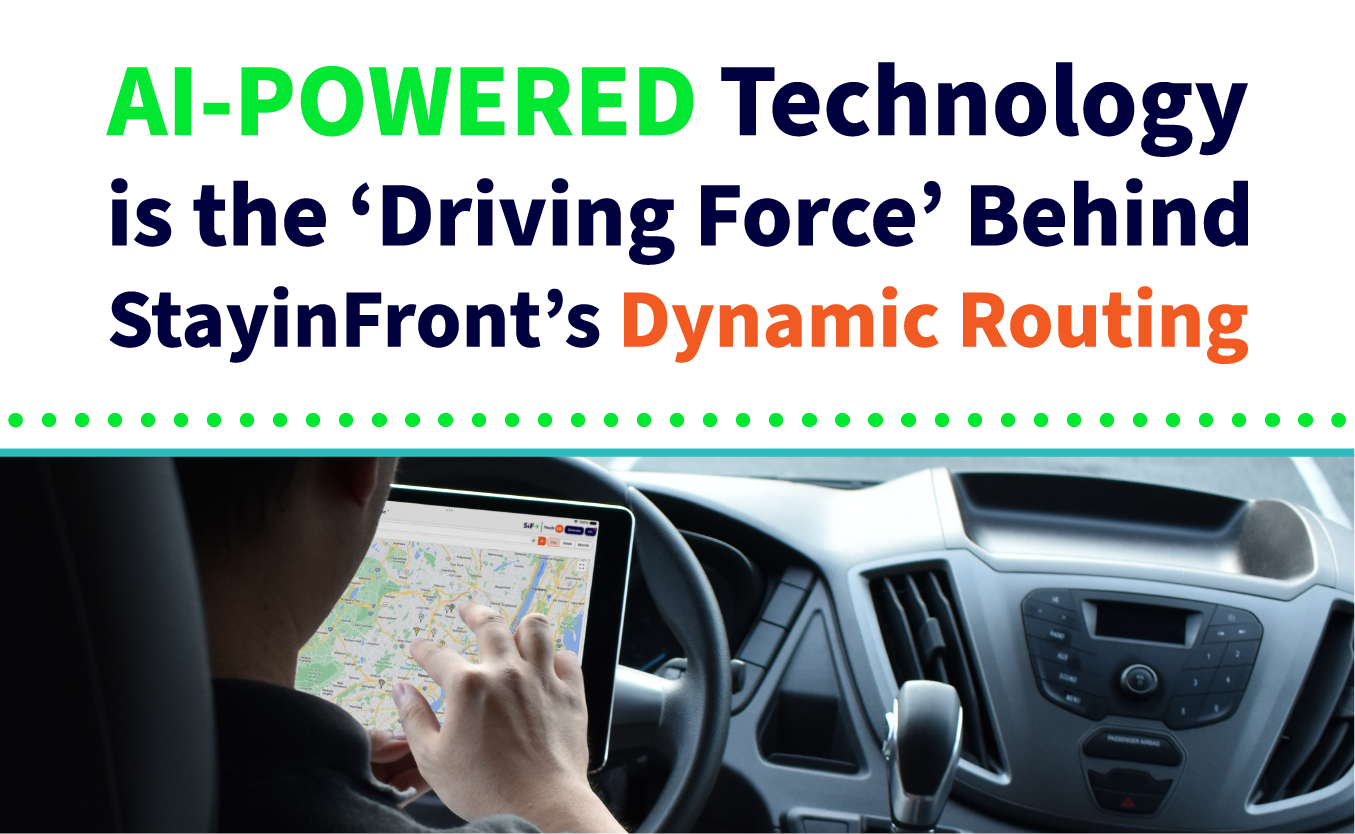THE DIFFERENCE IN RETAIL TERMS USED AROUND THE GLOBE
Retail terms differ region to region. As StayinFront is a global company, we come across many different variations of the same word; this can be seen between our global employees, customers and prospects.
For example, in Canada, the United Kingdom, and the United States, supermarkets and convenience shops are sometimes described as grocery businesses, groceries or simply grocers. Small grocery stores that mainly sell fruits and vegetables are known as greengrocers (Britain) or produce markets (U.S.). This can all get very confusing.
Do you work within a global team or do you interact with customers on a global scale? StayinFront can help! We will discuss and share the common differences in retail terms that we have come across in our 20+ years of operation.
Anchor Store/Draw Tenant/Anchor Tenant/Key Tenant – One of the largest—if not the largest—store in a mall or shopping center.
Case Divider/Case Organizer – A cardboard or plastic strip designed to segment and organize products in display cases or freezers. The strip can carry a brand logo or other marketing message.
Comparable Store Sales/Same Store Sales – The amount of total sales generated from stores that have been open for at least one year, or long enough to make comparisons based on historical data. Typically expressed as a percentage increase or decrease, comparable store sales exclude sales derived through acquisitions or newly opened stores and are often used by investors and analysts to determine a retailer’s overall health.
Customer-facing Display/Customer Display/Customer Monitor – A separate screen that allows customers to view their order, tax, discounts, and loyalty information during the checkout process.
Dead Stock/Dead Inventory/Obsolete Inventory – How retailers classify products that have never sold or have been in stock for an extensive period of time.
POS and Scan Data – This data shows when and where products have been scanned for purchase. POS is generally used in Europe however POS and Scan data are both used in Australia and the US.
Exclusive Brand/Captive Brand/Partnership Brand – A brand distributed through a single retailer but not directly owned or manufactured by that retailer.
Layaway/lay-by – This is a service that allows the customer to put an item on hold with a retailer until the item is paid for in full. The customer pays installments on the product until it’s entirely paid off. While some retailers offer this kind of program all year, it is commonly advertised during the holidays. Layaway programs make it easier for the consumer to afford products and reduce financial risk for the retailer.
Lot Size/Order Quantity – This is the quantity of an item you order for delivery on a specific date.
Own Label/Private Brand/Store Brand – Product brands owned and marketed by retailers for sale in their own stores.
Price Look-up/PLU – It’s a system that displays the description and price of an item when the item number is entered or scanned at the point of sale. PLUs are often printed on the customer receipt to remind the customer what was bought.
Shrinkage/Loss Prevention – The loss of inventory that can be attributed to factors such as employee theft, shoplifting, administrative error, vendor fraud, damage in transit or in store, and cashier errors that benefit the customer.
Visual Merchandising/Visual Presentation – Arranging products in a manner that considers visual aesthetics and/or merchandising effectiveness.
To learn more about retail execution, visit our resources page, or contact us today for a demo.







